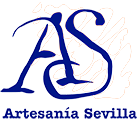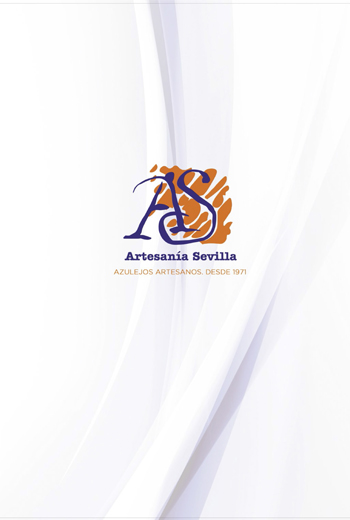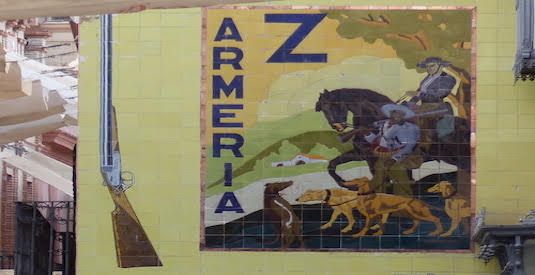- Artisan Tiles
- 0 likes
- 2384 views
In the previous post we showed you some stops that you have to make during these festivities to enjoy all the Sevillian tile tradition in our city, but, as we believe that this is a subject very unknown by our own fellow citizens, today we are going to provide you with others. stops that will undoubtedly surprise you.
Salvador Square
Surely you know this emblematic place of our city. On the façade of number 14, just on the corner with Calle Cuna, there is a popular tile of Triana tradition. It is difficult to see it if you do not look closely, it is a bit sunk in the wall. It is an image of San Cristobal, and in the background, the background of the typical Triana nativity scenes.
Saint Christopher was a foreigner whom the Emperor Decius executed for preaching Christian doctrine, a giant who helped travelers cross a dangerous river carrying it on his shoulders.
St. Peter's Church
You cannot say that you have walked through Seville without looking for the bird hidden in the tile altarpiece that is on the facade of the Church of San Pedro, very close to the Plaza de la Encarnación.
The author, Juan Oliver, always hid a bird in his works, and in this case, according to Sevillian tradition, finding it means that you will get married.
The car on Calle Tetuán
Surely you have ever seen it. And it is that the American car Studebaker represented in tiles in this Sevillian street is an emblem of the city.
It was made in 1924 by the ceramic painter Enrique Orce Mármol in the Factory of the Widow and Children of Manuel Ramos Rejano following the white spirit technique. The place where it is today was the façade of the old Bar El Sport, and it was placed there thanks to the representative of this car brand at that time, Vicente Aceña.
Sports Z
Very close to the previous one you find this emblematic sample of Sevillian tile. And skiing on the facade of the sports shop that is currently in Sierpes street this work of art is preserved by José Ruesga Salazar in 1944 and located in Sierpes 41, corner with Rivero street.
It is a work made with a mixed technique of dry rope and painted flat tile.
Do you know other examples of works of art with tiles in Seville?



